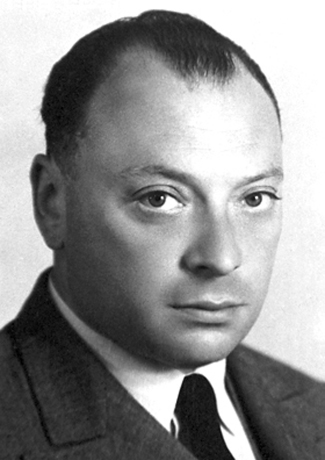| << Chapter < Page | Chapter >> Page > |
The fundamental components of atoms are the proton, neutron, and electron (see The Structure of the Atom ).
Protons, neutrons, and electrons are by no means all the particles that exist. First, for each kind of particle, there is a corresponding but opposite antiparticle . If the particle carries a charge, its antiparticle has the opposite charge. The antielectron is the positron , which has the same mass as the electron but is positively charged. Similarly, the antiproton has a negative charge. The remarkable thing about such antimatter is that when a particle comes into contact with its antiparticle, the original particles are annihilated, and substantial amounts of energy in the form of photons are produced.
Since our world is made exclusively of ordinary particles of matter, antimatter cannot survive for very long. But individual antiparticles are found in cosmic rays (particles that arrive at the top of Earth’s atmosphere from space) and can be created in particle accelerators. And, as we will see in a moment, antimatter is created in the core of the Sun and other stars.
Science fiction fans may be familiar with antimatter from the Star Trek television series and films. The Starship Enterprise is propelled by the careful combining of matter and antimatter in the ship’s engine room. According to E = mc 2 , the annihilation of matter and antimatter can produce a huge amount of energy, but keeping the antimatter fuel from touching the ship before it is needed must be a big problem. No wonder Scotty, the chief engineer in the original TV show, always looked worried!
In 1933, physicist Wolfgang Pauli ( [link] ) suggested that there might be another type of elementary particle. Energy seemed to disappear when certain types of nuclear reactions took place, violating the law of conservation of energy. Pauli was reluctant to accept the idea that one of the basic laws of physics was wrong, and he suggested a “desperate remedy.” Perhaps a so-far-undetected particle, which was given the name neutrino (“little neutral one”), carried away the “missing” energy. He suggested that neutrinos were particles with zero mass, and that like photons, they moved with the speed of light.

The elusive neutrino was not detected until 1956. The reason it was so hard to find is that neutrinos interact very weakly with other matter and therefore are very difficult to detect. Earth is more transparent to a neutrino than the thinnest and cleanest pane of glass is to a photon of light. In fact, most neutrinos can pass completely through a star or planet without being absorbed. As we shall see, this behavior of neutrinos makes them a very important tool for studying the Sun. Since Pauli’s prediction, scientists have learned a lot more about the neutrino. We now know that there are three different types of neutrinos, and in 1998, neutrinos were discovered to have a tiny amount of mass. Indeed, it is so tiny that electrons are at least 500,000 times more massive. Ongoing research is focused on determining the mass of neutrinos more precisely, and it may still turn out that one of the three types is massless. We will return to the subject of neutrinos later in this chapter.

Notification Switch
Would you like to follow the 'Astronomy' conversation and receive update notifications?